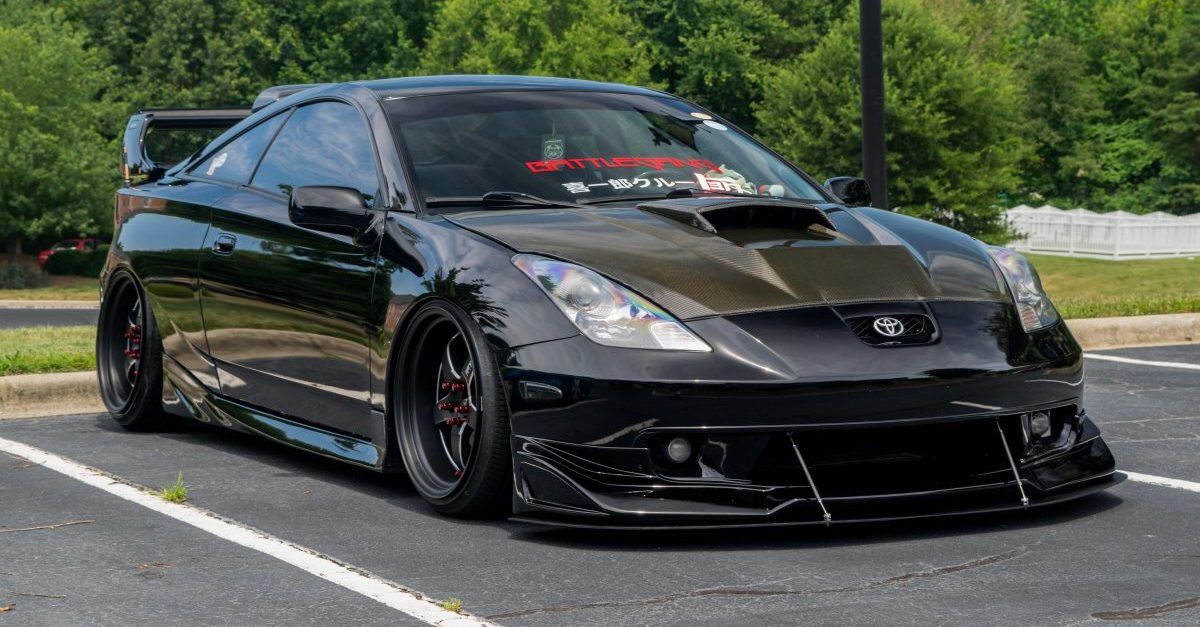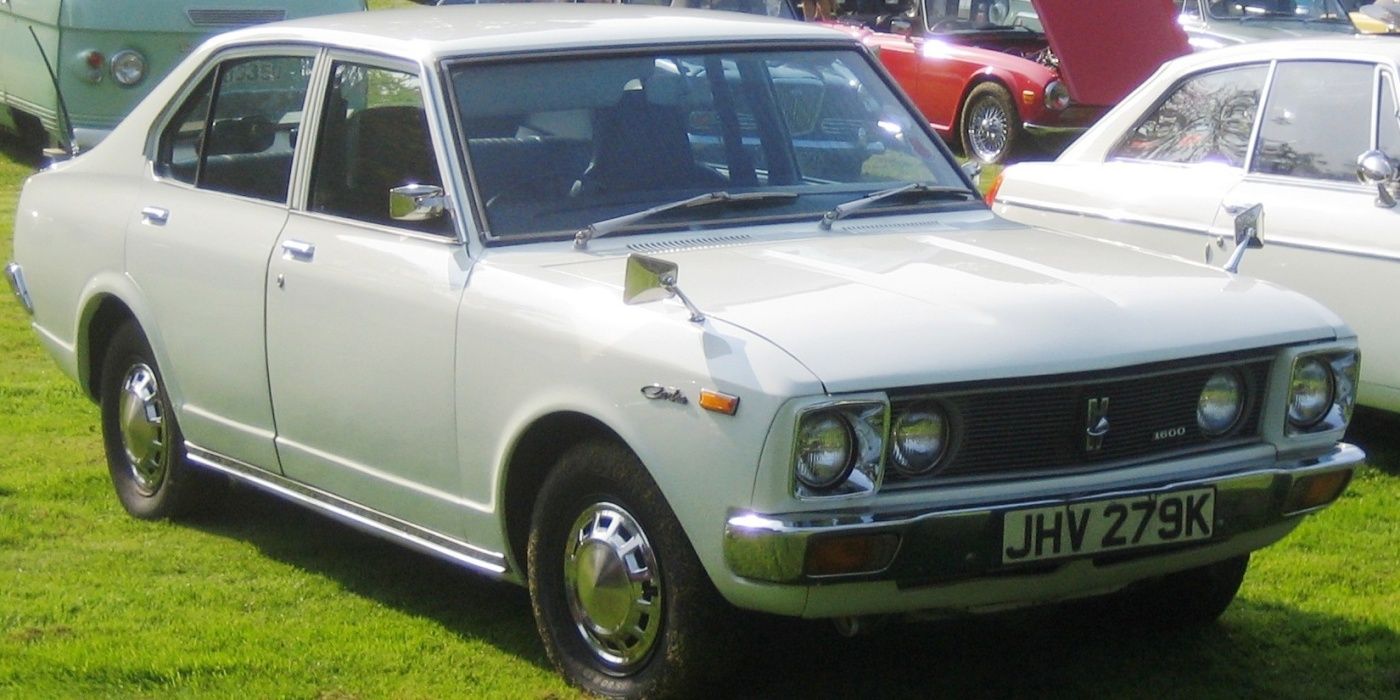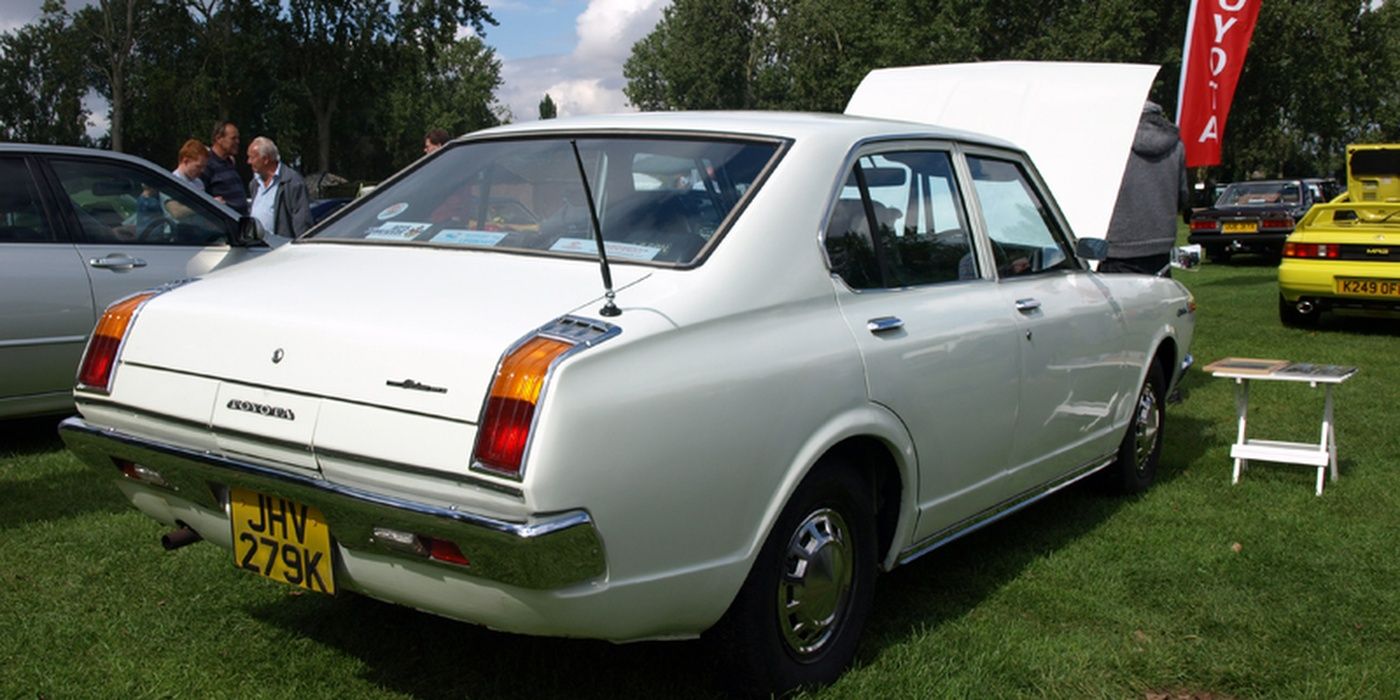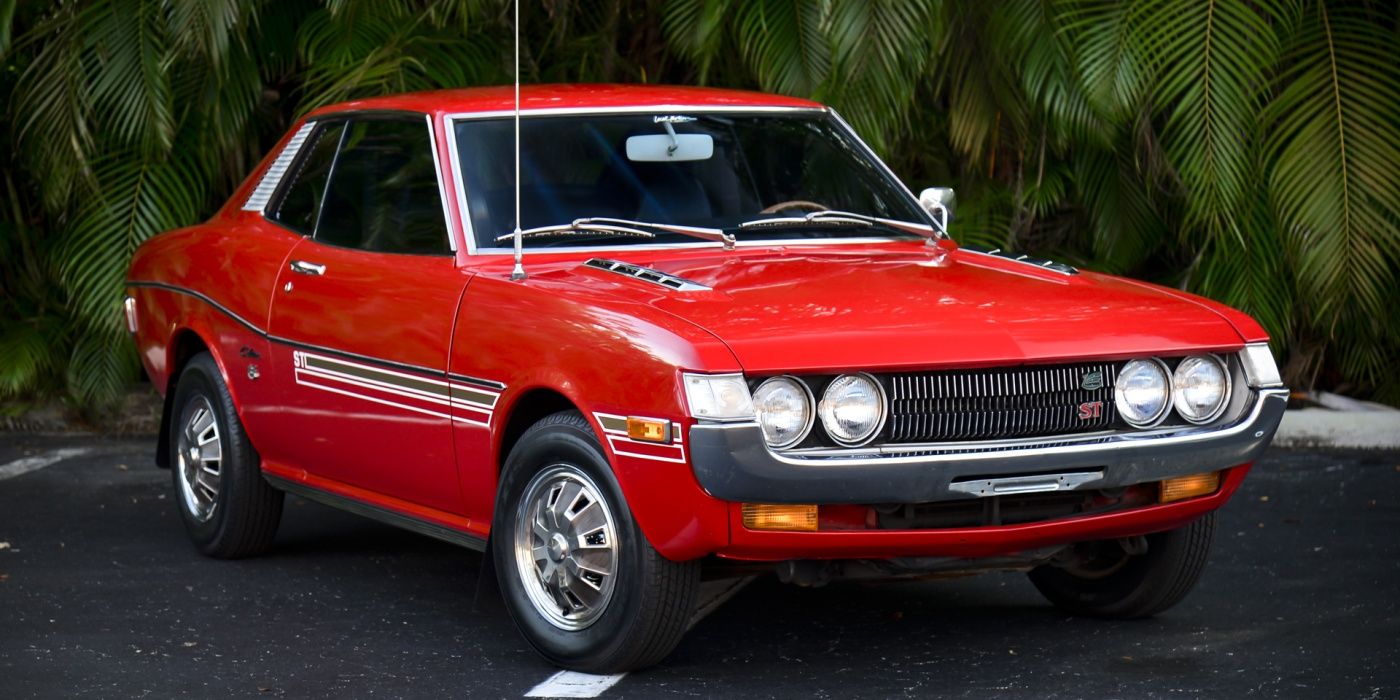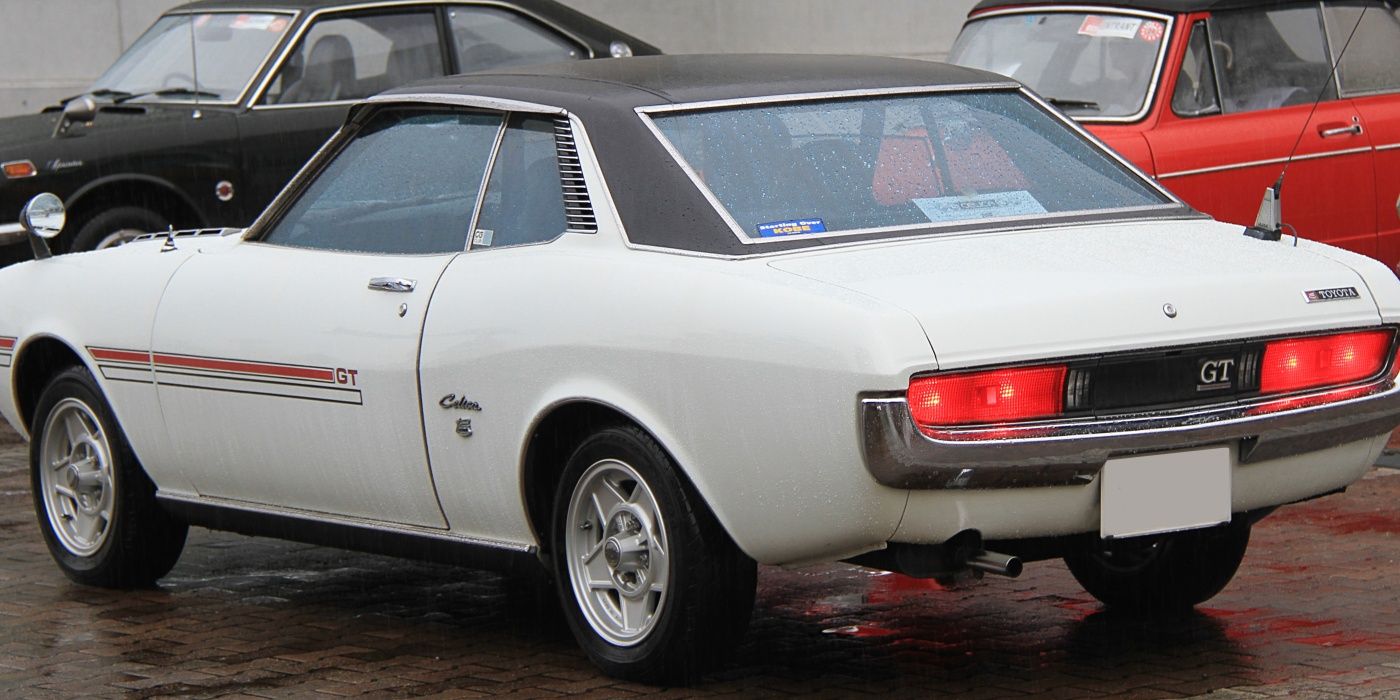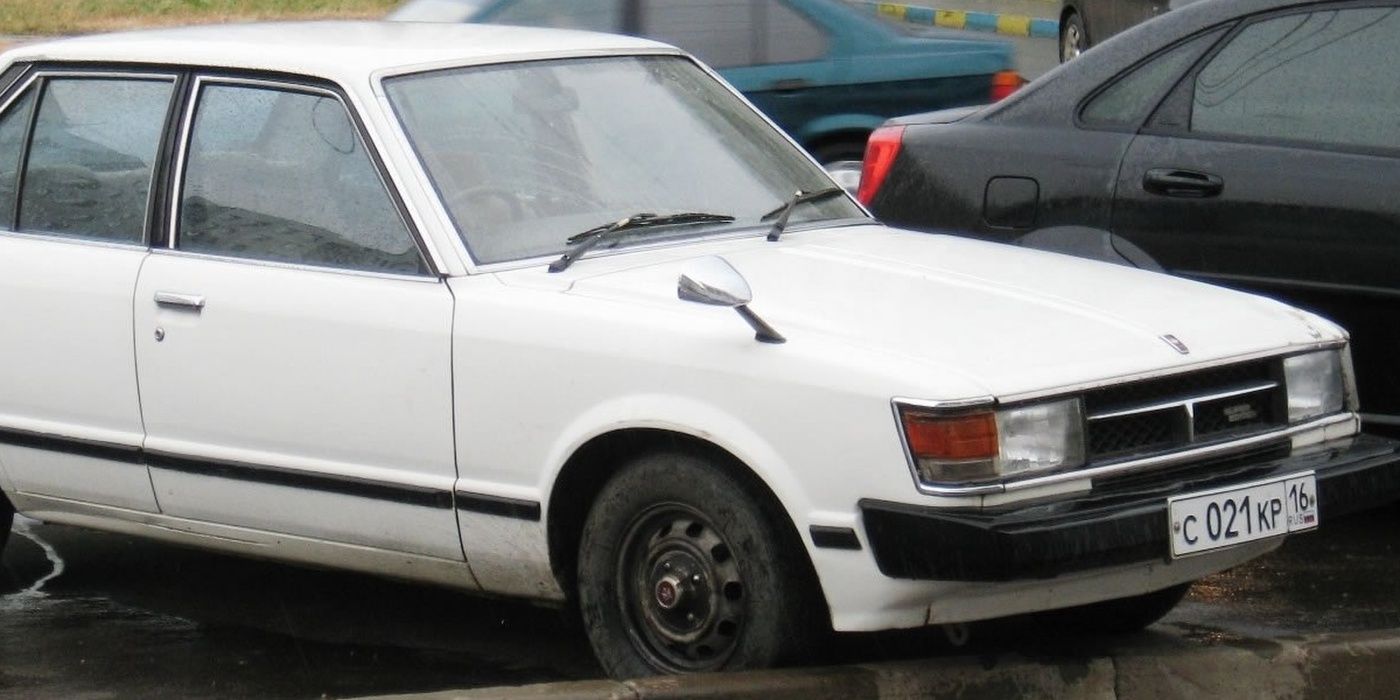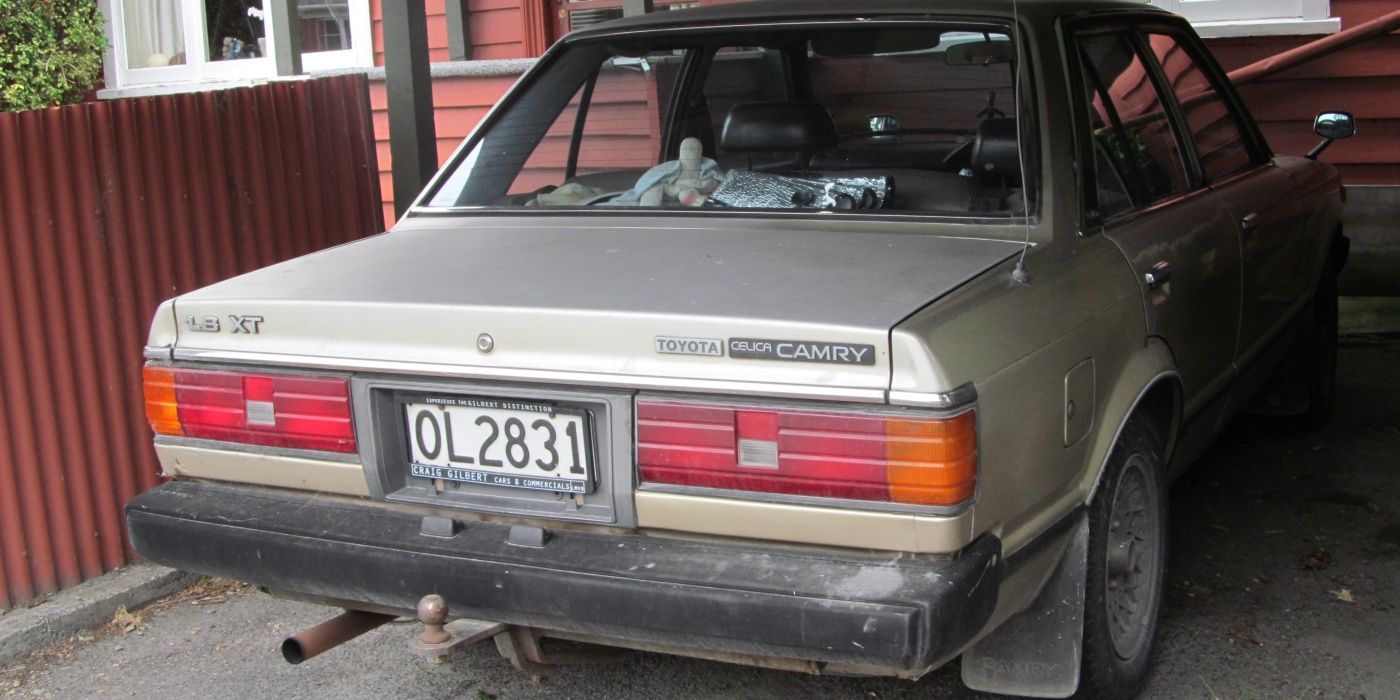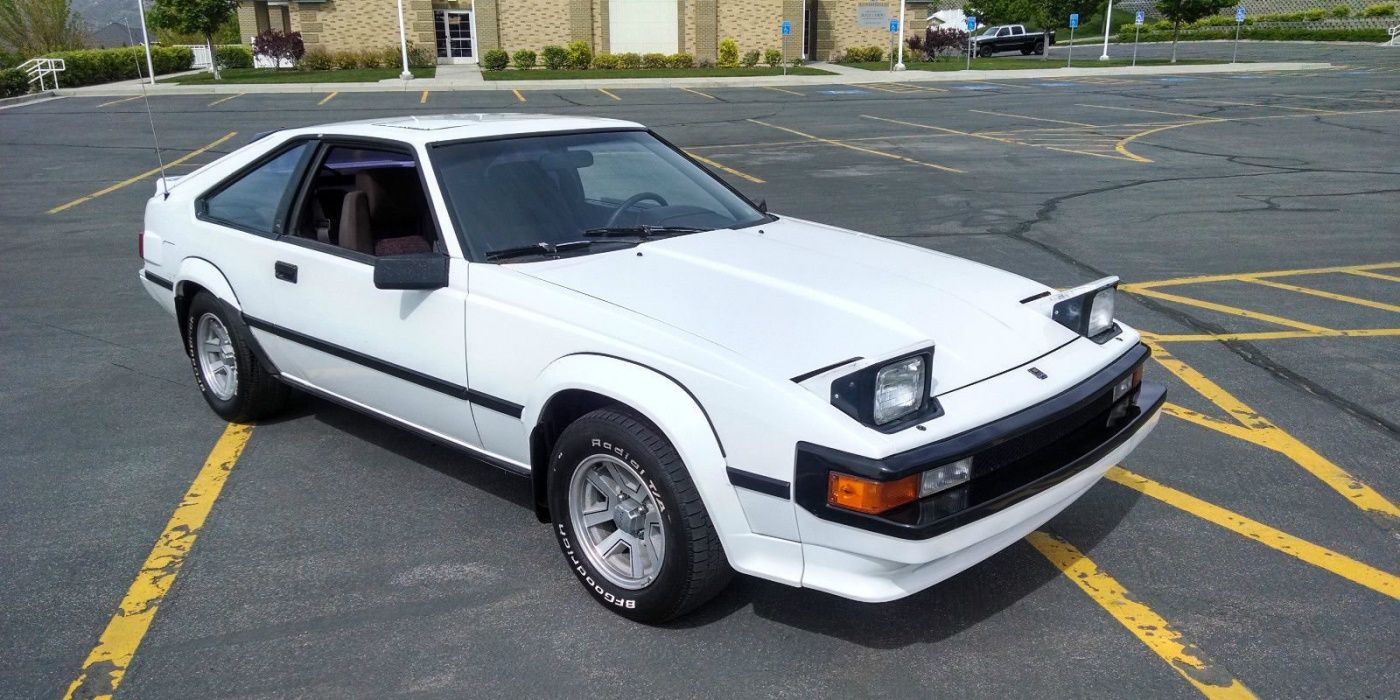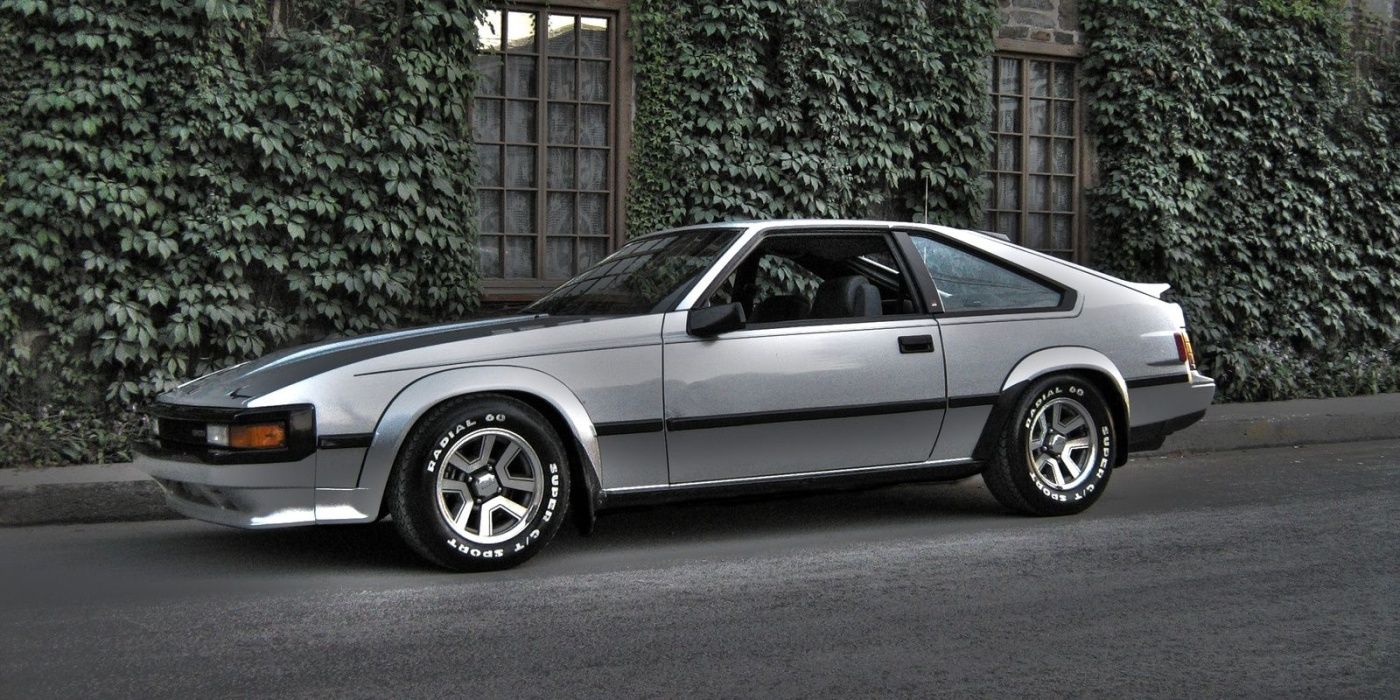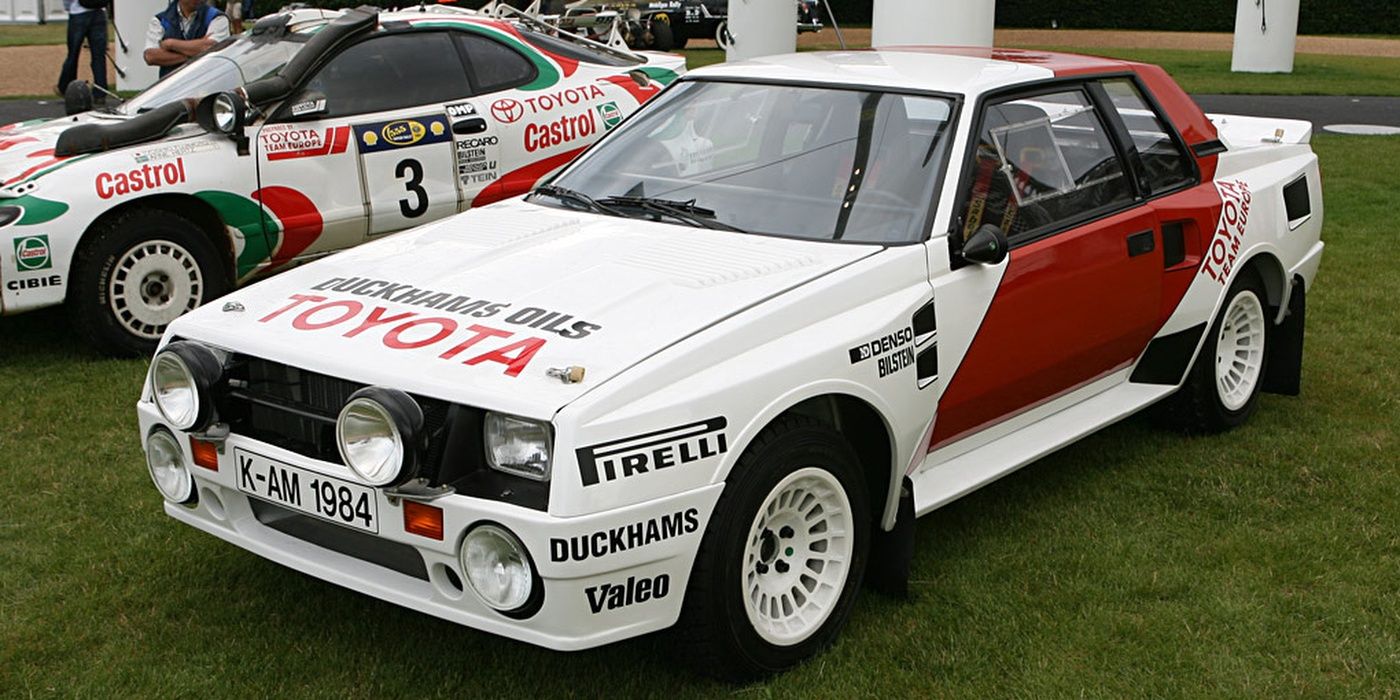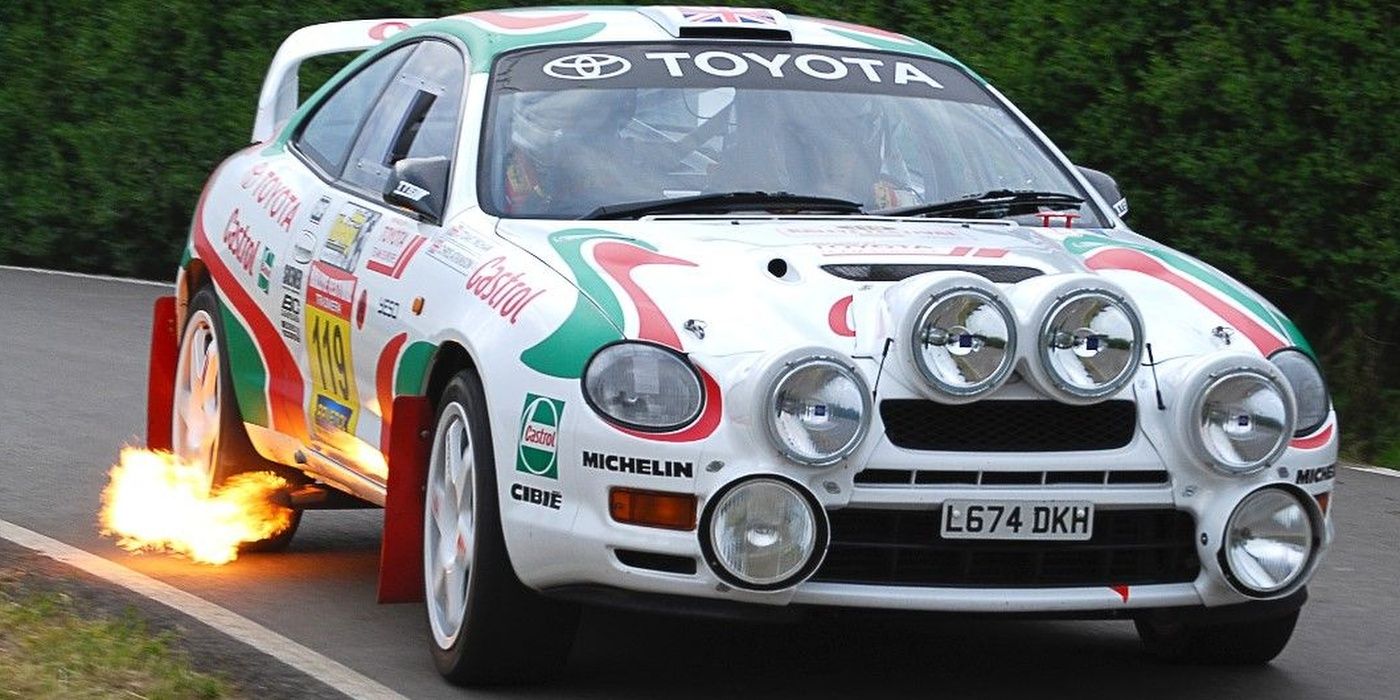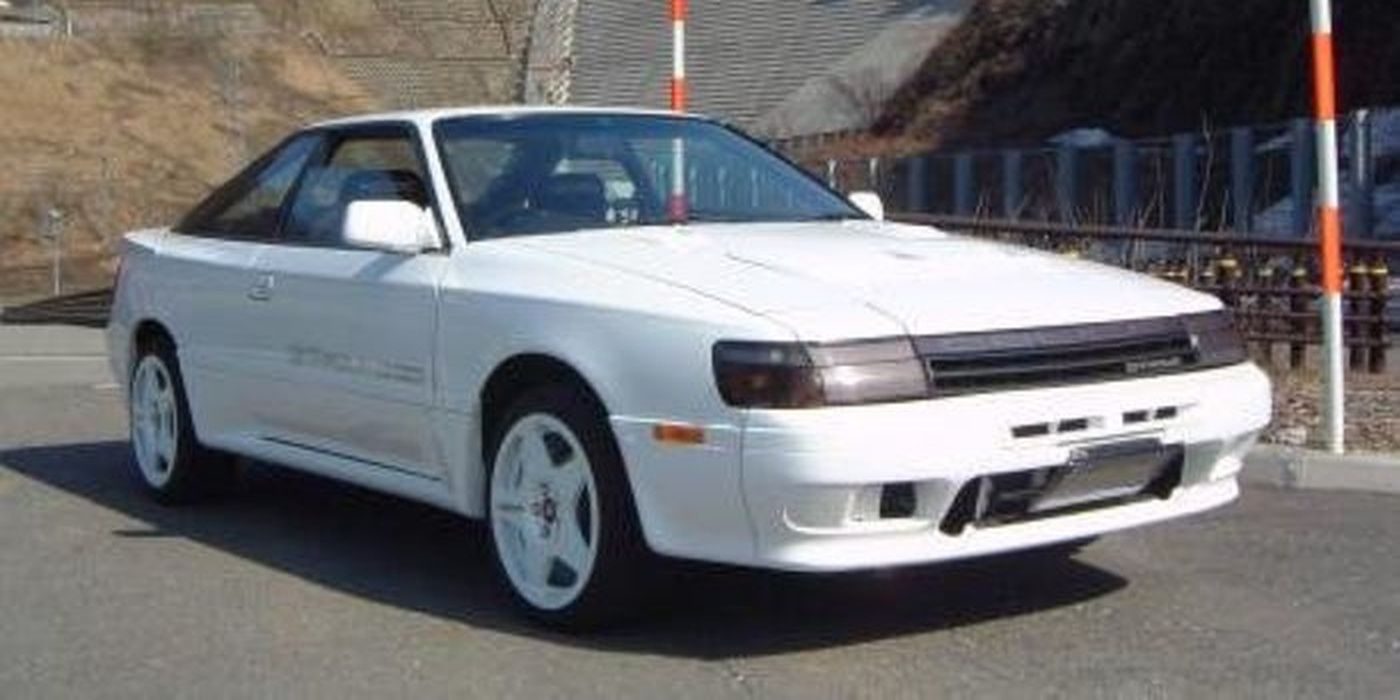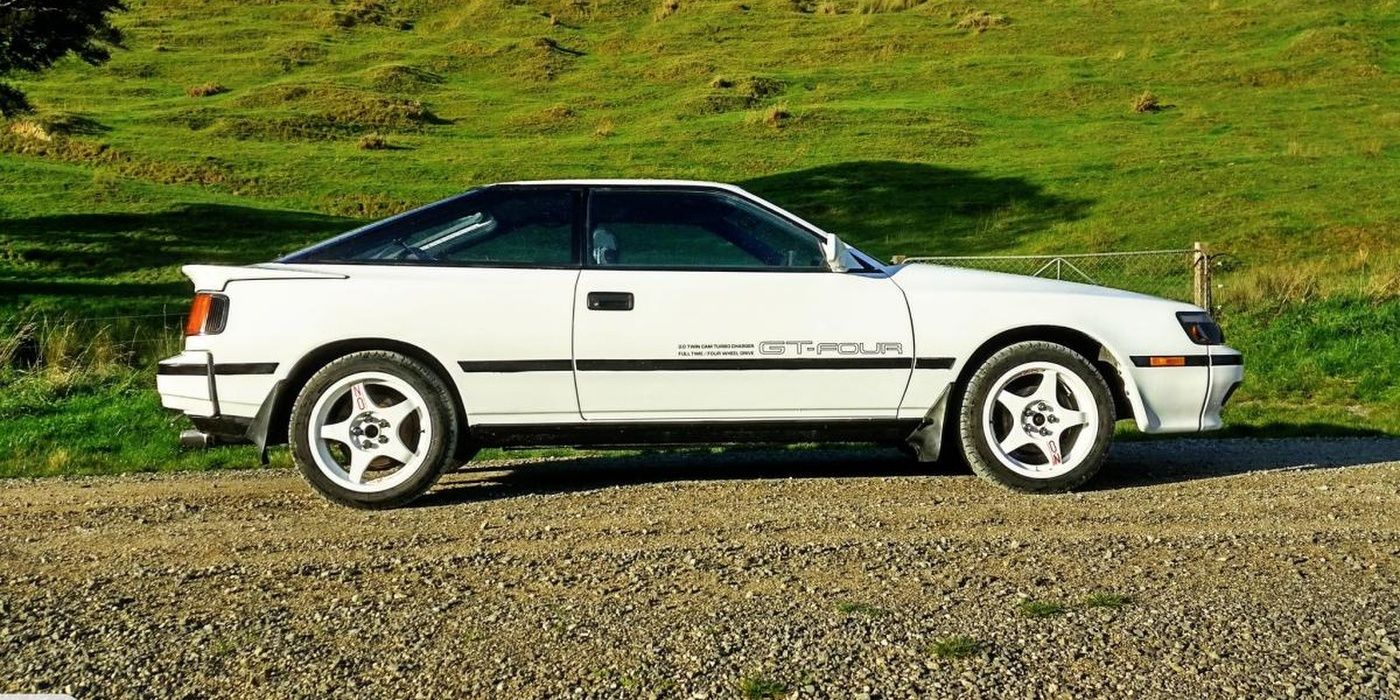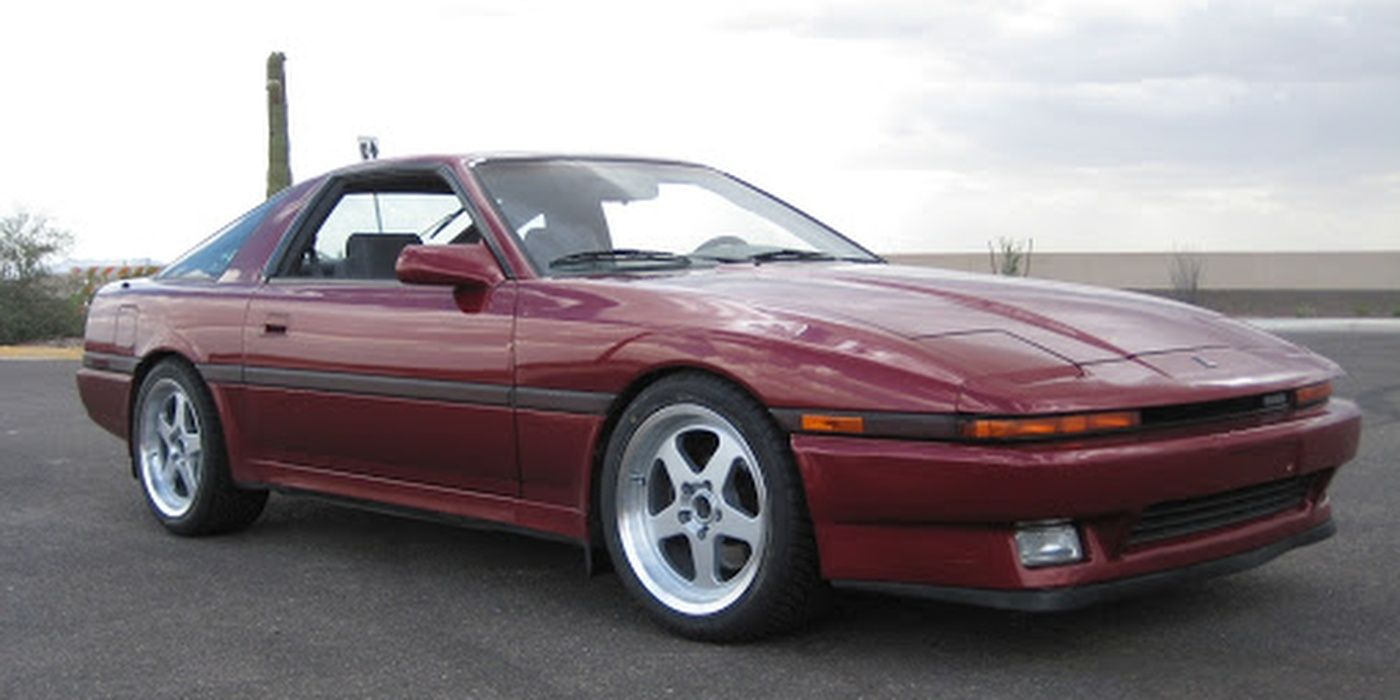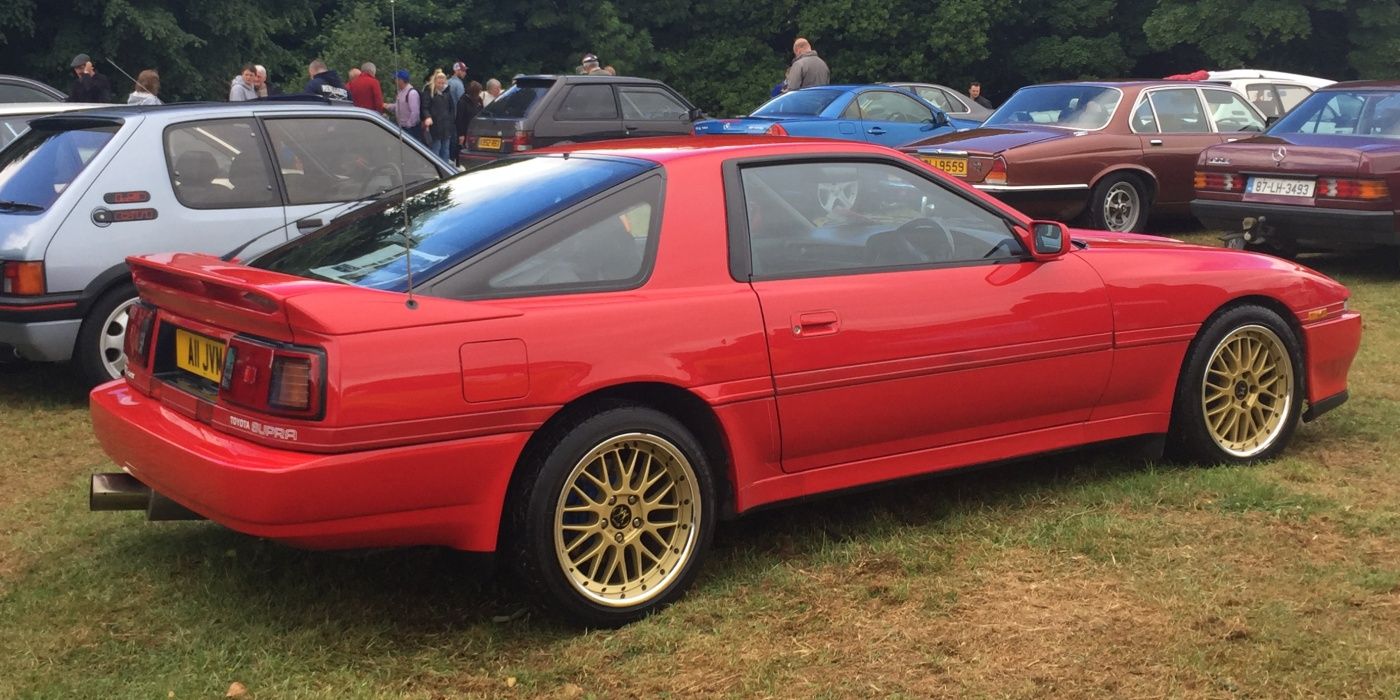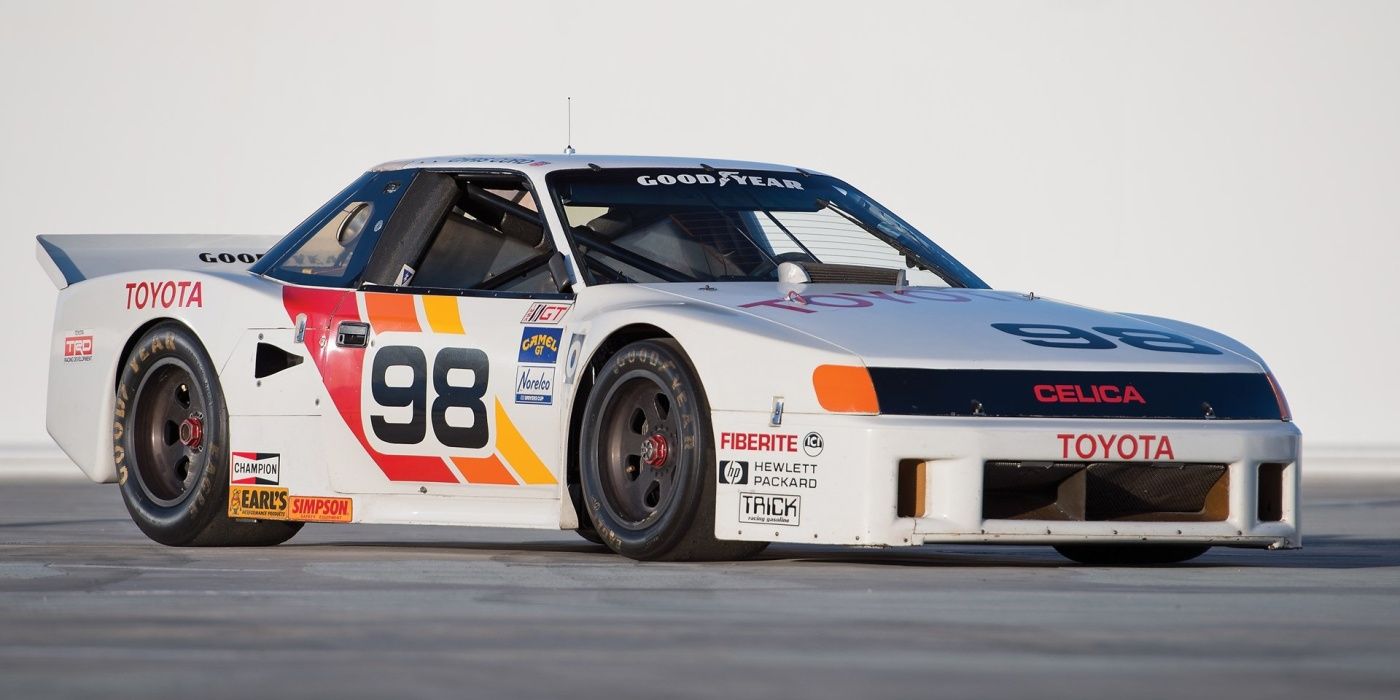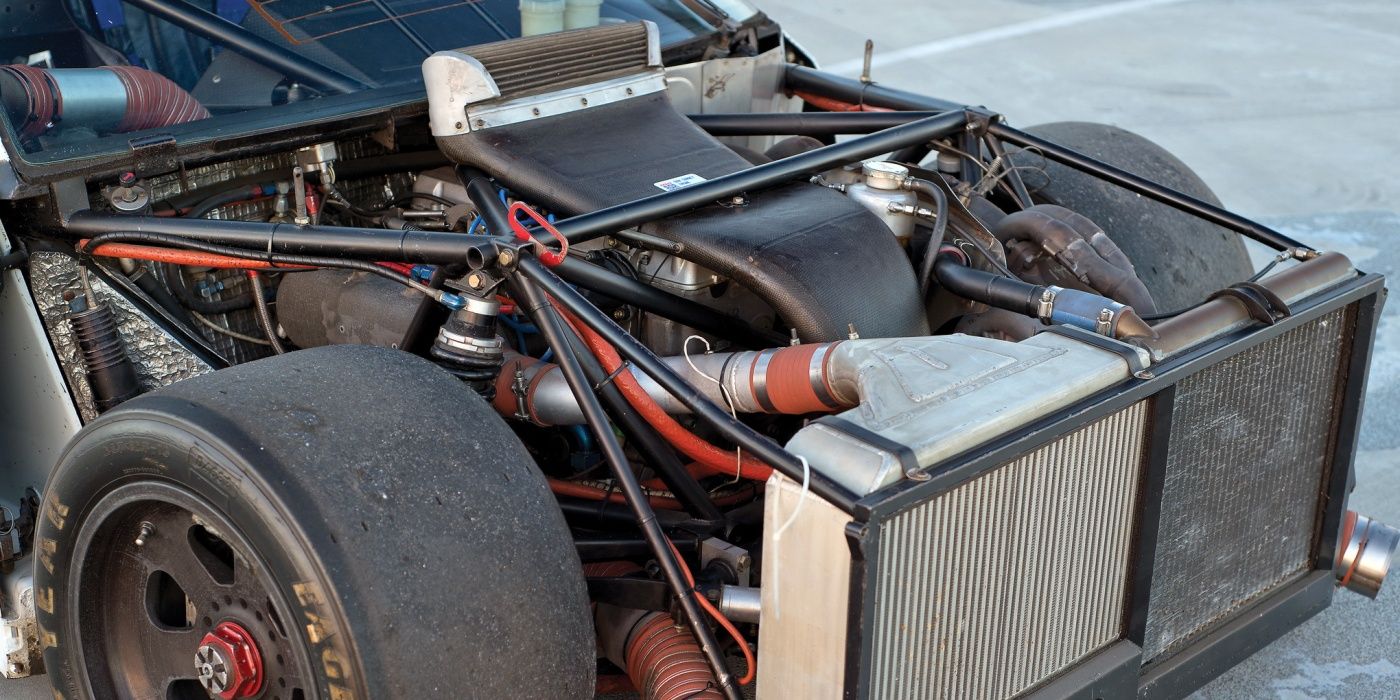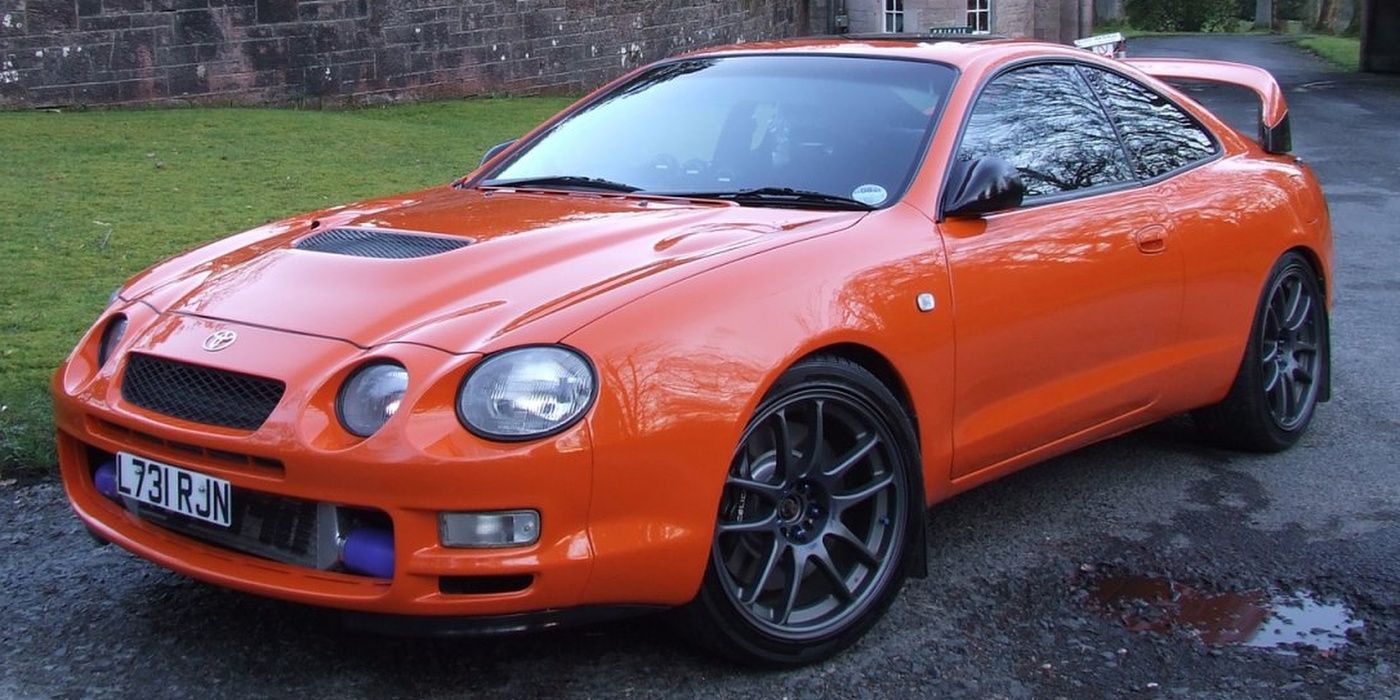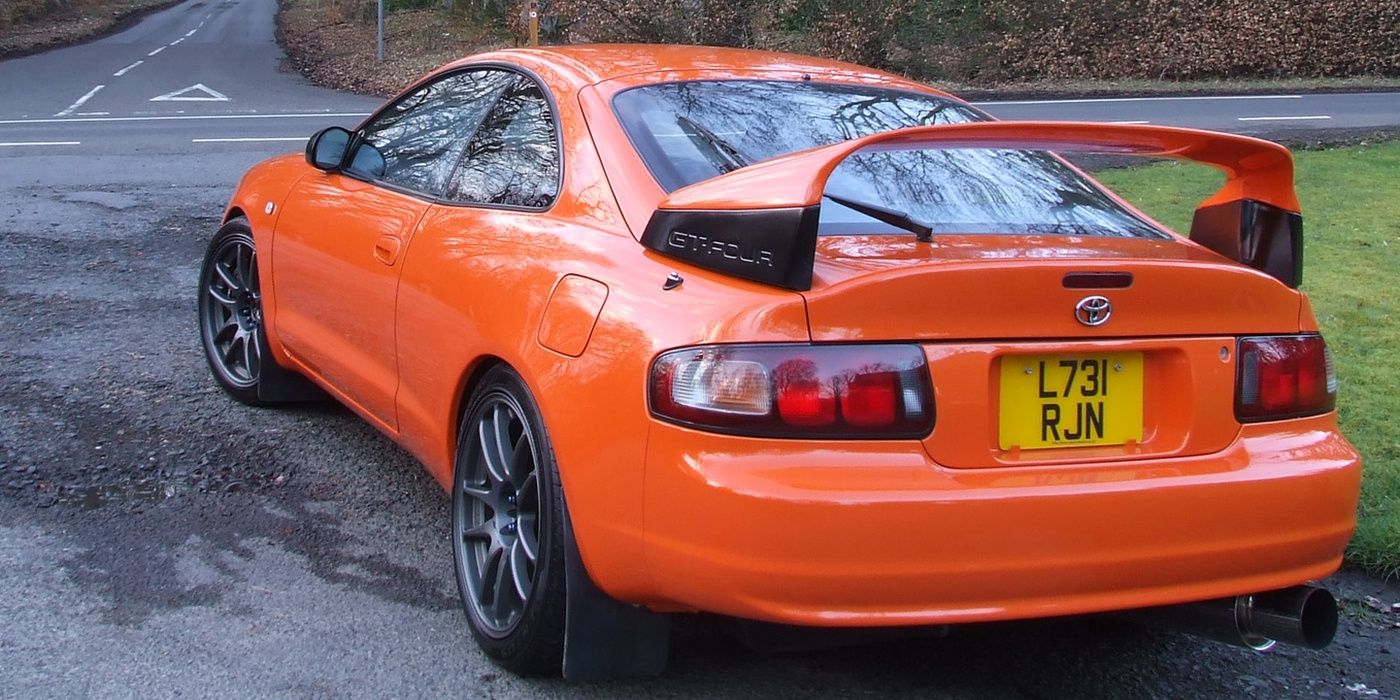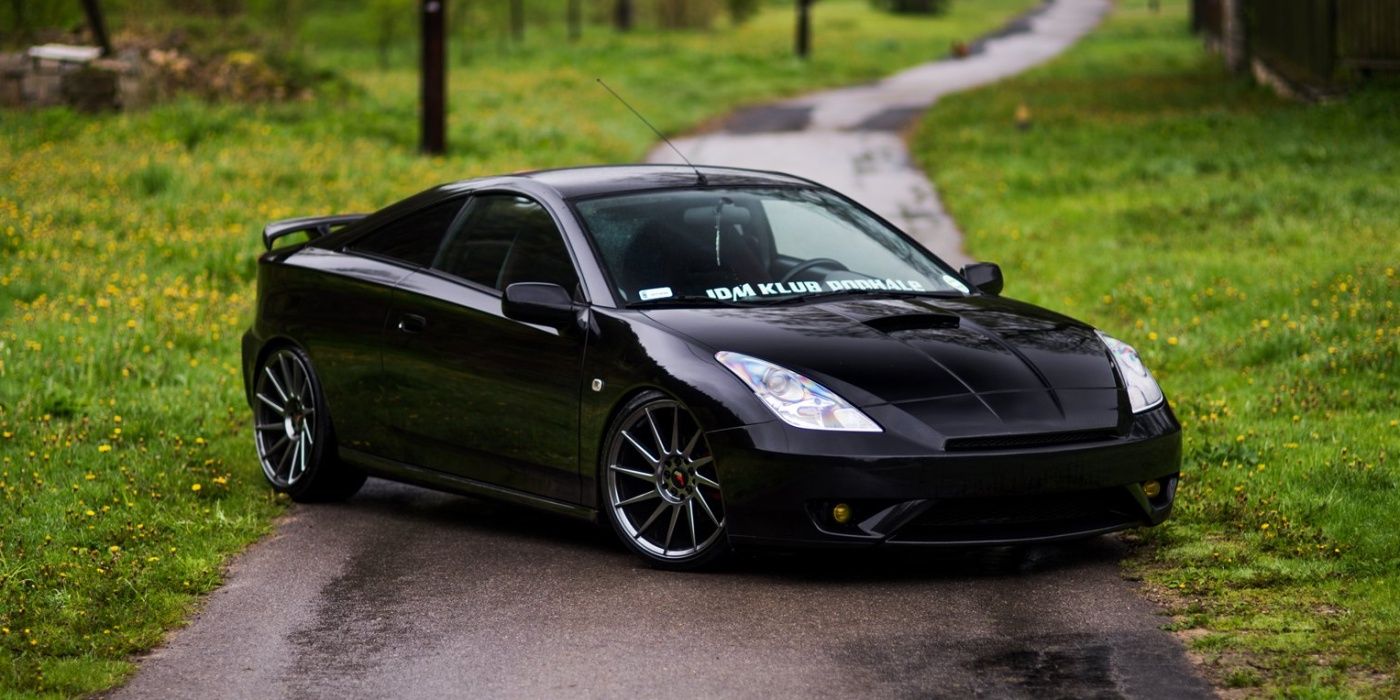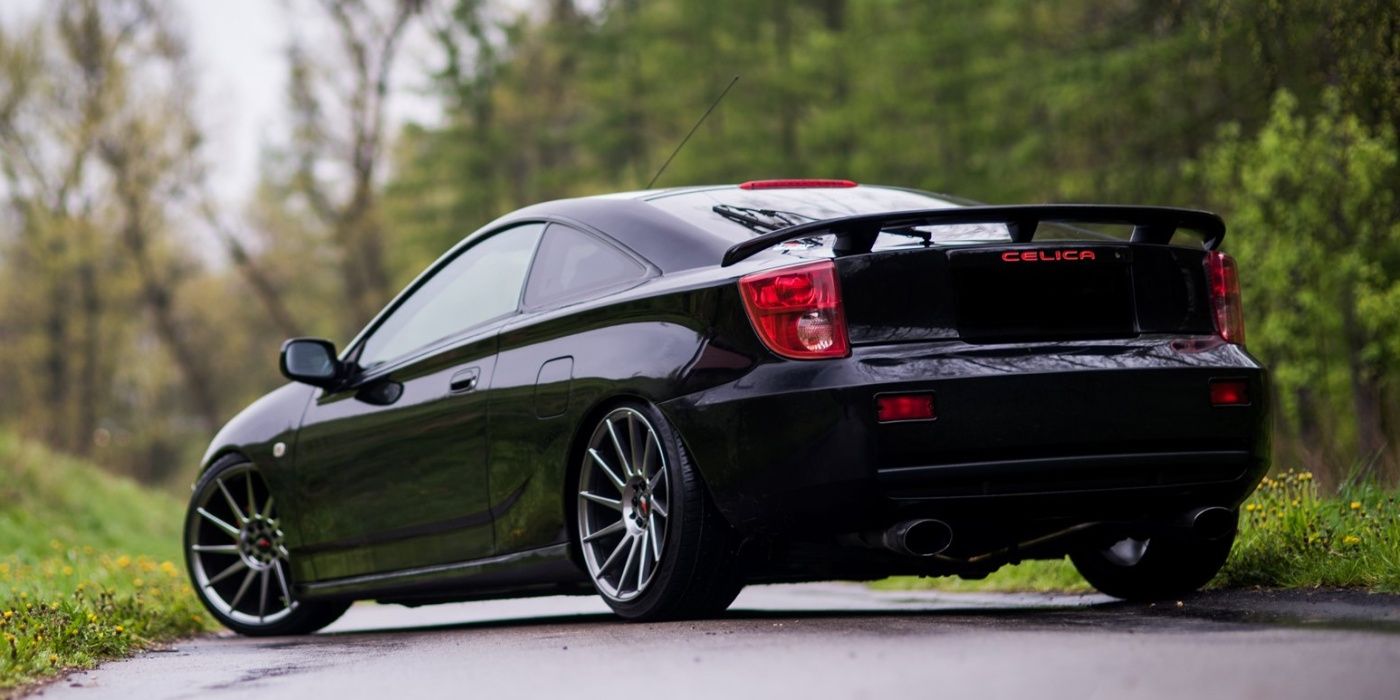Japan is the host of some of the most outstanding carmakers on the planet. However, out of all of them, one definitely stands out. Toyota is by far the most successful Japanese carmakers. Starting off as a garment company, the family company became one of the largest car conglomerates in the world.
The Toyota Celica is well-known throughout the world. As a matter of fact, it is the Celica is among the cars Toyota is the proudest of. It was originally designed as a sports car and never failed to please the vast majority of its owners. The Celica is one of the cars that helped Toyota become the company it is today.
10 Base
Some cars just are not made to be sporty and sexy. Their mere purpose is to take the family from point A to point B in the safest and most comfortable way possible. Toyota was fully aware of the needs of motorists worldwide and understood that the economic downturn associated triggered by the oil crisis would allow the company to position itself in the global market.
The Toyota Carina is the typical early-day Toyota, yet it should be considered one of the most important classic Japanese cars. It is not particularly attractive, but it gets the job done. Available as a coupe, sedan, and wagon, the car was perfect for people on a tight budget. First released in 1970, the car was equipped at best with a 2.0L inline-four engine. Though its GT trim was quite respectable, it was not enough for people with a true need for speed. Toyota used the Carina as a base to develop the Celica.
9 First Celica
Toyota also understood that people may want a bit more pep. There is not a single place in the world where people with a need for speed do not exist. While the widely popular Mustang had an original MSRP of $3,006 for the base model, the Celica's MSRP was starting at $2,598.
The very first Celica was released the same year as the Carina. It was a great alternative to the Mustang, as it practically offered the same features. At best, the Celica came with a 1.6L inline-four that produced 115 hp at 6,400 rpm and 105 lb-ft of torque at 5,200 rpm. In comparison, the Ford Mustang Coupe was equipped with 3.3L inline-six that developed 120 hp at 4,400 rpm and 190 lb-ft of torque at 2,900 rpm. The Celica weighed at most 2,615 lbs, while the base Mustang weighed in at 3,122 lbs.
8 First Camry
America's favorite sedan is neither the Charger nor the CTS-V. The best-selling sedan is made in the US, but the company is foreign. The Toyota Camry has been the best-selling sedan for multiple years and is very likely to stay on that trajectory for years to come. The Camry TRD is very likely to attract even more motorists.
As the Celica became increasingly popular, Toyota decided to introduced variants of the sports coupe. The globally known Camry is based on the Celica. Originally introduced for the Japanese market, the 1980 Celica Camry was pretty much a Carina with the front end of the Celica.
7 First Supra
As it was previously stated, the Celica was a small-size sports car that was meant to be an alternative to big-block V8-powered American muscle cars and outrageously priced European sports cars. Though the 1980s were not kind to the automotive industry as a whole, automakers like Toyota still came up with outstanding engines.
The Celica Supra sure is among the coolest Toyotas ever made. It is obviously based on the Celica body, but boasts a much more attractive engine. The 2.8L inline-six can produce a decent 145 hp and 155 lb-ft of torque, which is on par with some of the best-selling American muscle cars of the 1980s. The Celica Supra can get from 0 to 60 mph in 9.8 seconds.
6 Rally
A self-proclaimed sports car is not truly a sports car unless it participates in actual professional racing tournaments. Toyota was fully aware of that fact. As carmakers such as Audi, Mitsubishi, and Subaru were dominating the rally courses, Toyota did whatever was necessary to compete in the World Rally Championship.
The Toyota Celica was understandably a rally car. The very first Celica meant to compete in Group B rallying was equipped with the twin-turbocharged 1.8L 4T-GTE four-cylinder engine. The rally version develops 320 hp. Later on, Toyota came out with other rally cars that were also somewhat successful in WRC. One of the latest Celica Rally Cars was auctioned off in Paris, France. It is said that the car may have gone for anywhere between $220,000 and $260,000.
5 Civilian Race Car
The strategists and engineers at Toyota must maintain the best line of communication. While 1986 was granted with unattainable vehicles such as the Mercedes-Benz AMG "Hammer" and the Audi Sport Quattro, Toyota released a much more affordable sports car that was far more accessible.
In order to compete in the World Rally Championship, automakers must release a minimum amount of street-legal versions of the race car. The very first street-legal version of a Celica rally car is the GT-Four ST165. The car is fitted with a turbocharged 2.0L 3S-GTE four-cylinder engine that produces 190 hp and 190 lb-ft of torque.
4 Divorce
There is hardly any Japanese car that is as emblematic as the Toyota Supra. From its inception until today, the Supra has conquered the hearts of die-hard gearheads worldwide. To car fans with money and skills, a Supra is far more valuable than a mass-produced Ferrari.
As time went by, the Celica Supra became increasingly popular thanks to its sportier features, including the six-cylinder engine. In the late 1980s, the Supra became its own car and the A70 model was born. At best, the Supra A70 is coming with an intercooled, turbocharged 3.0L 7M-GTE inline-six engine that produces 231 hp and 240 lb-ft of torque.
3 Gran Turismo
Similar to other popular sports cars, the Celica was put to use. Given its multiple participation and successes in the World Rally Championship, it is quite normal that people out there decided to develop the car into something more fitted for a paved track. This Celica could be a true killer if it were not just a concept car.
This Celica is not to be messed with. The RWD race car is equipped with a 2.0L T turbo engine that produces 450 hp and is basically ready to slay most cars of its era on the track. Unfortunately, this Celica is merely a one-off concept car that will never be used in professional racing.
2 Last Respectable Celica
Given the success of the previous editions of the GT Four, Toyota released several versions of the powerful Celica throughout the years. Like Ford and its Boss 302 Mustang, Toyota made sure to always provide its customers with cars that would constantly blow their minds.
The Celica GT-Four ST205, like the previous Celica GT-Four, the 1994 edition is quite powerful. The turbocharged 2.0L 3S-GTE inline-four cranks out 239 hp. It also looks far more aggressive than the base models.
1 Last Nail In The Coffin
There are times when a car manufacturer wants to focus its attention on specific vehicles and neglects other vehicles that were previously quite popular. As sales numbers often dictate which direction a company should take, it is quite normal that some products end up fading away as time goes by.
The last Celica did not live up to the car's reputation. Though it was somewhat stylish, it was poorly powered. The high-end engine was a small 1.8L 2ZZ-GE inline-four that produces 187 hp at 7,600 rpm and 133 lb-ft of torque at 6,800 rpm. That is not great for a Celica. As a result, Toyota killed off the Celica.

